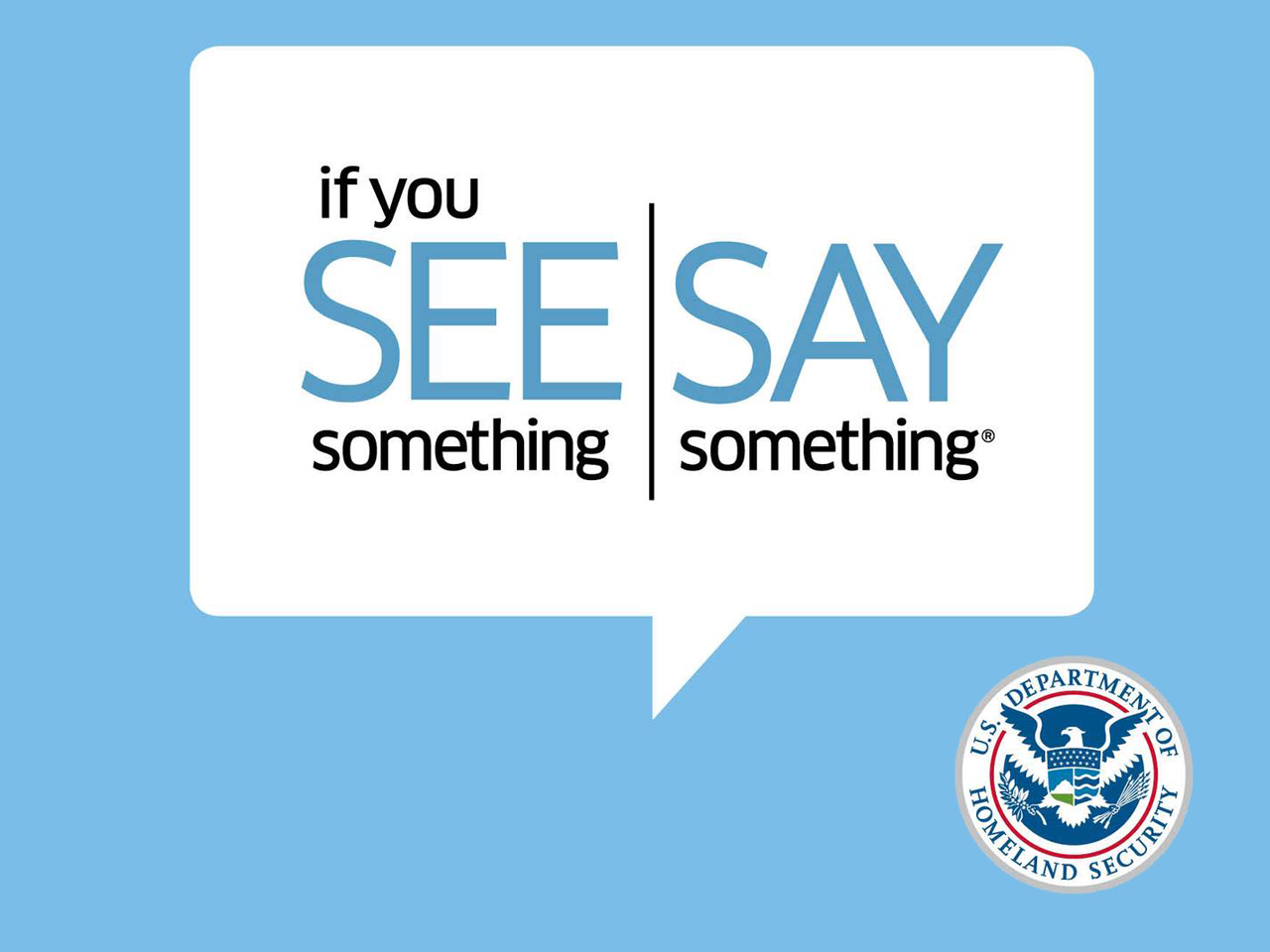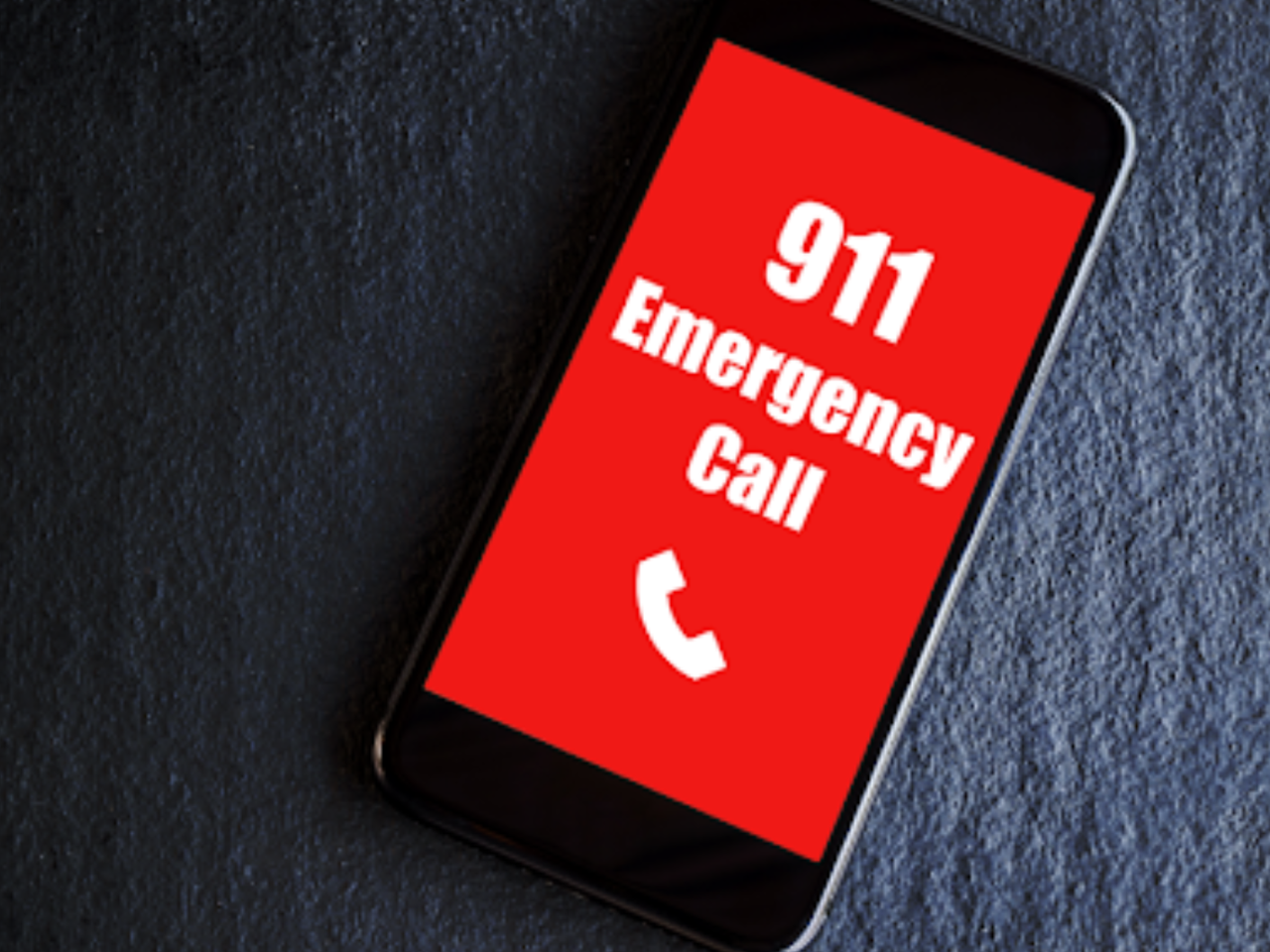An active assailant refers to an individual or a group of individuals engaged in a violent attack, typically involving the use of firearms or other weapons, with the intent to cause harm, injury, or death to others.
Active assailant events, where individuals or groups carry out attacks using methods such as shootings, knifings, and other violent means in public places, can greatly affect our community. These tragic events create fear and feelings of vulnerability and leave lasting emotional, psychological, and physical scars on the affected communities. Your actions before, during, and after active assailant events can significantly affect the outcome.
Before an event

Reporting suspicious activity is crucial in preventing active shooter attacks. Often, individuals planning attacks exhibit warning signs or unusual behavior beforehand. By reporting these signs to authorities, law enforcement can investigate and intervene before an attack occurs. Just remember if you see something, say something. This proactive approach can save lives and help maintain community safety. Every report matters as it could be the key to preventing a potential tragedy.
Potential warning signs include:
- Increasingly erratic, unsafe, or aggressive behaviors
- Drastic changes in attitude toward others
- Hostile behavior based on claims of injustice or perceived wrongdoing
- Drug and alcohol abuse
- Claims of marginalization or distancing from friends and colleagues
- Changes in performance at work
- Sudden and dramatic changes in home life or in personality
- Financial difficulties
- Pending civil or criminal litigation
- Observable grievances and making statements of retribution (“getting even”)
For immediate threats call 9-1-1. To report suspicious activity call one of the following:
- Anne Arundel Police Suspicious Activity Report (non-emergency): 410-222-8610
- Anne Arundel County Crisis Response: 410-768-5522
- Maryland Center for School Safety Tip Line: 833-632-7233
- Anne Arundel County Public Schools/Safety & Security Office: 410-222-5083
Get involved by requesting a Civilian Response to Active Shooter Events (CRASE) training:
Anne Arundel Police Department
Email cpu@aacounty.org
Call (410-222-SAFE)
Anne Arundel County Office of Emergency Management
Visit aacounty.org/oem/presentations
Email oemoutreach@aacounty.org
Call (410-222-0600)
You can also get involved with the Anne Arundel County Gun Violence Intervention Team.
- Spread the word about responsible gun ownership
- If you are 18 years or older, pick up a gun safety lock at your local Anne Arundel County Public Library
- Attend upcoming community meetings
During an event
A simple way to remember what to do during an active assailant attack is:
Avoid | Deny | Defend

Avoid
- Know your exits, and have an escape route in mind
- Grab only the essentials such as your phone to call for help and leave your other belongings behind
- Evacuate immediately, even if others don’t
- Help others escape, if possible
- Prevent others from entering
- Do not attempt to move the wounded
- Call or text 9-1-1 when you get to safety. If known, provide
- Your location
- Location of the attacker(s)
- Physical description of the attacker(s)
- Number and type of weapons
- Number or people with you
- Number of potential victims
Deny
- Hide in an area out of the attacker’s view
- Lock doors and/or block entry
- Turn off lights
- Silence your cell phone
- Escape if there is another exit or window
- Text 9-1-1 if possible
Defend
- Fight when in imminent danger
- Improvise weapons or throw items at the attacker
- Fight as a team, if possible
- Be as aggressive as possible
- Commit to your actions
- YOUR LIFE DEPENDS ON IT

After an event
After an active assailant attack, it's essential to prioritize safety and follow the guidance of law enforcement. Follow these tips to:
- Get to a safe place
- Seek medical attention for any injuries and follow up with mental health support as needed, as the aftermath of such events can be traumatic.
- When Law Enforcement arrives:
- Remain calm and follow instructions
- Drop any items in hands, including cell phones
- Raise hands and spread fingers
- Keep hands visible at all times
- Avoid quick movements toward officers
- Avoid screaming, yelling, or pointing
